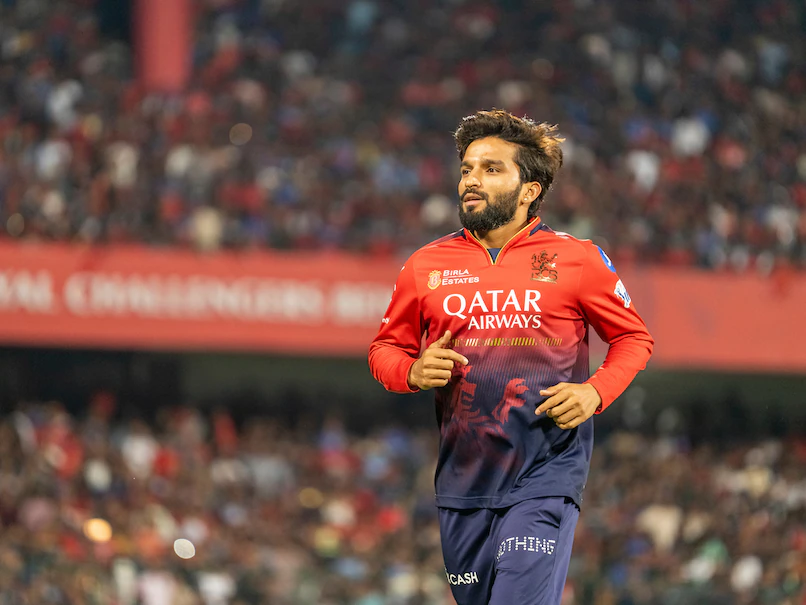“Rajat Patidar achieved a brilliant milestone as he reached 1000 IPL runs in just 30 innings, becoming the fastest Indian uncapped player to do so and surpassing legendary benchmarks, including that of Sachin Tendulkar.”

Rajat Patidar etched his name into the Indian Premier League (IPL) record books by achieving a remarkable milestone during the 2025 season. In Royal Challengers Bengaluru’s match against Punjab Kings on Friday, Patidar reached 1,000 IPL runs in just 30 innings, becoming the second-fastest Indian player ever to reach the mark.
Only Gujarat Titans’ Sai Sudharsan has reached the 1,000-run milestone quicker among Indian players, doing so in just 25 innings. However, Patidar’s achievement is made even more impressive by the elite names he has surpassed along the way. Indian batting legends like Sachin Tendulkar and Ruturaj Gaikwad both took 31 innings to reach the same landmark, while Tilak Varma of Mumbai Indians followed closely, achieving the feat in 33 innings.
What truly sets Rajat Patidar apart, though, is a unique statistical feat never before seen in IPL history. He is the first Indian batter to reach 1,000 IPL runs while maintaining an average above 35 and a strike rate exceeding 150. This rare combination underscores Patidar’s dual impact — consistency and aggression — making him a standout performer in pressure-filled T20 scenarios.
A technically sound and stylish right-hander, Patidar has evolved into one of the most reliable names in the RCB batting lineup. His ability to accelerate the scoring rate while maintaining composure has been crucial for the team, especially in tightly contested matches. With this milestone, he not only solidifies his place among India’s most promising young talents but also signals his readiness for bigger responsibilities, possibly at the international level.
Despite Patidar’s historic achievement, the match against Punjab Kings didn’t go RCB’s way. The rain-curtailed encounter, reduced to 14 overs per side due to evening showers, saw Royal Challengers Bengaluru setting a target of 95 for 9. Tim David was the standout performer with the bat, scoring a counter-attacking 50 off just 26 balls to give RCB some hope on a difficult pitch.
In response, Punjab Kings chased down the target in just 12.1 overs, winning the match by five wickets. Nehal Wadhera led the charge with a quick-fire 33 off 19 deliveries, while RCB’s bowling spearhead Josh Hazlewood delivered an impressive spell, picking up 3 wickets for just 14 runs. Unfortunately, his efforts weren’t enough to prevent the defeat, as Punjab’s batters handled the chase with composure and power hitting.
RCB struggled early on, losing wickets at regular intervals. Punjab’s bowling attack, led by Arshdeep Singh, Yuzvendra Chahal, and Marco Jansen, kept the pressure on throughout the innings. Their disciplined bowling and timely breakthroughs restricted RCB from building any momentum.
Even in defeat, Rajat Patidar’s individual brilliance stood out, offering a silver lining to an otherwise disappointing night for RCB. His milestone is not just a personal victory, but a beacon of hope for his franchise and Indian cricket fans looking toward the next generation of T20 stars.
As the tournament progresses, all eyes will be on Patidar to see if he can carry this red-hot form forward — and perhaps even push for a place in the national squad. With performances like these, he’s not just knocking on the door — he’s ready to kick it open.
Even more impressively, Patidar’s performances have come under intense pressure, often anchoring RCB’s innings in crucial situations. His ability to adapt to different match scenarios, rotate strike smartly, and explode when needed highlights a mature game sense rarely seen in uncapped Indian players at this level.







